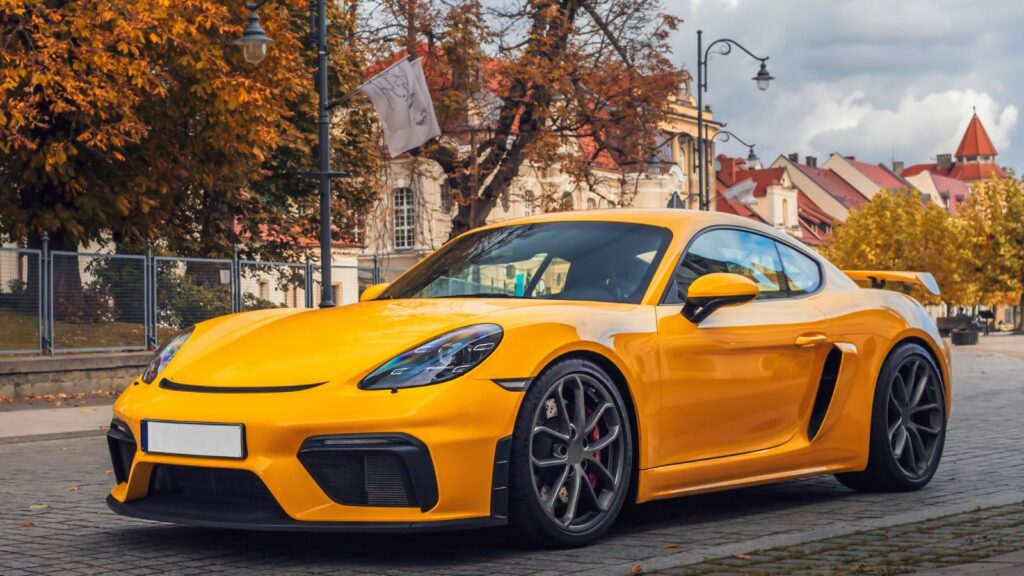When Canadians shop for a new vehicle, they weigh reliability, price, and practicality, but one of the most personal decisions is color. A car’s shade can affect resale value, ease of maintenance, and even how insurers perceive theft risk. While Canadian drivers occasionally gravitate toward bold hues, the majority stick to understated, timeless choices that look good on everything from compact cars to full size trucks. Below is a ranking of the twenty most popular vehicle colors on Canadian roads right now, along with a look at why they matter and how these preferences have shifted over the years.
White
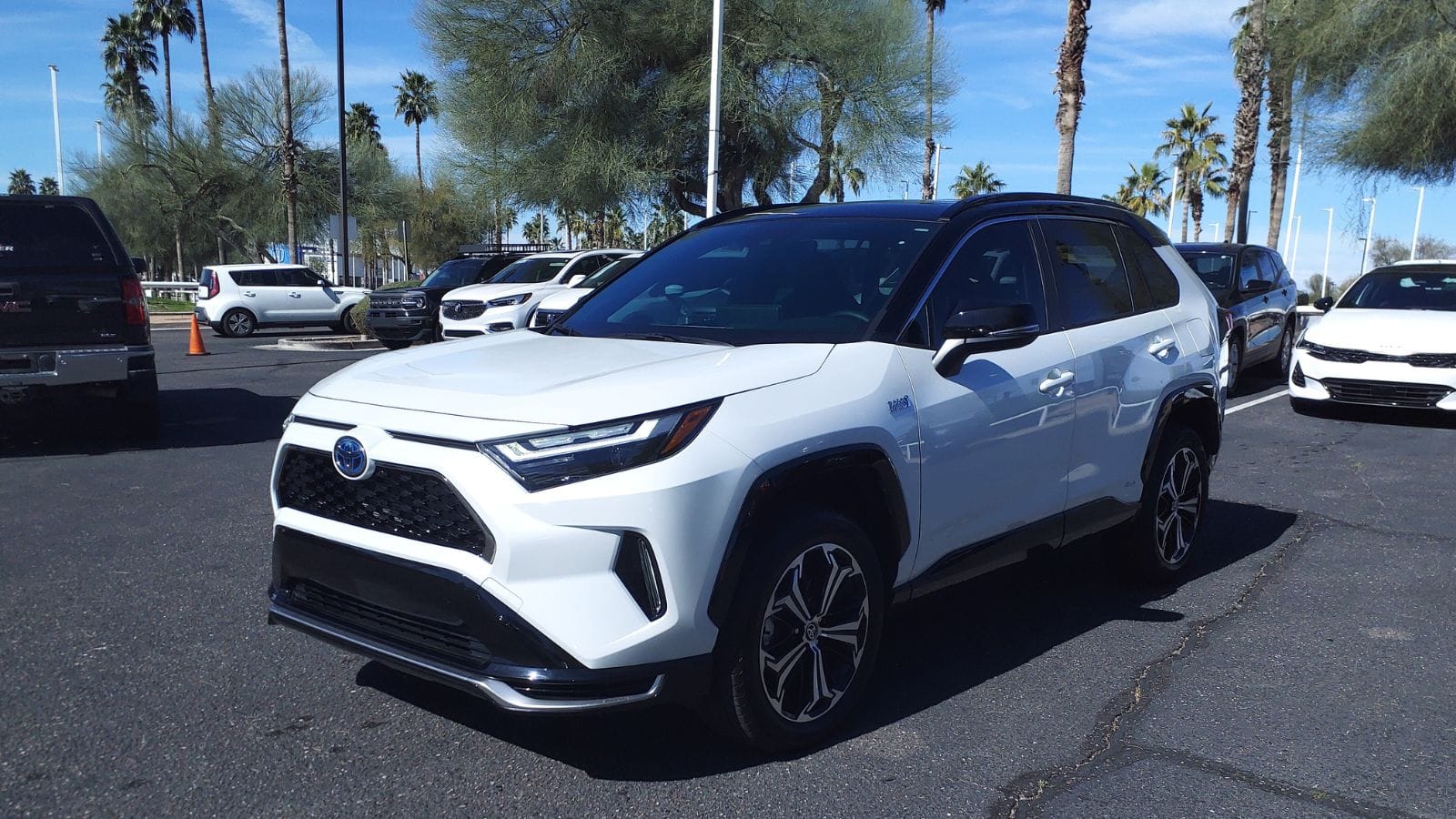
White remains the undisputed champion of car colors in Canada. It’s clean, sharp, and works across every type of vehicle, from hatchbacks to luxury SUVs. White hides scratches reasonably well, looks modern, and reflects sunlight — a bonus for hot summers in southern provinces. Historically, white gained traction in the late 90s and has only grown more dominant, especially as manufacturers added premium pearl finishes.
Black
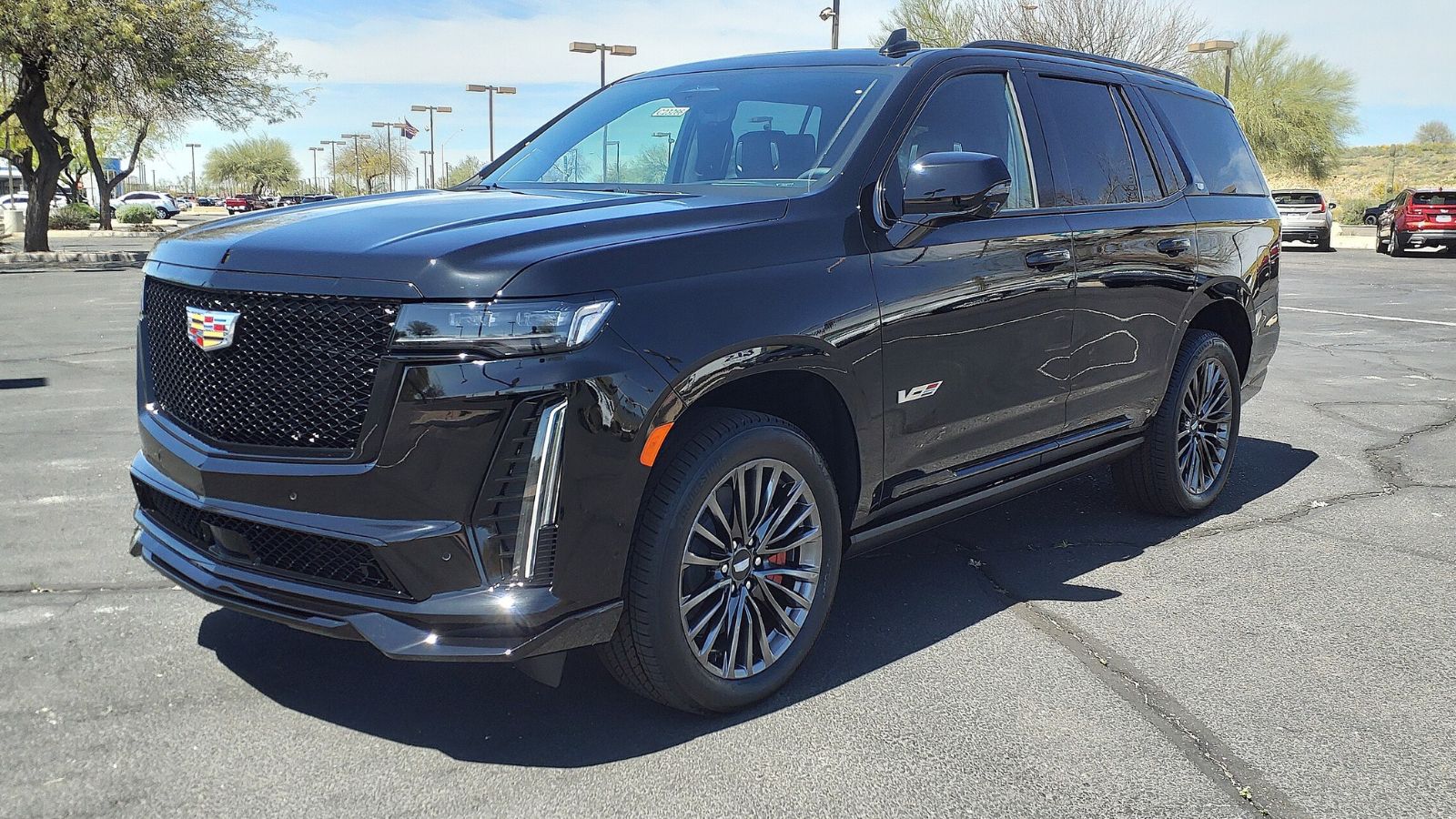
Black is the classic choice for luxury and power. Canadians often pick it for SUVs, sedans, and pickup trucks that want a more imposing presence. It’s harder to maintain because dirt and scratches show easily, but when polished, nothing looks as sleek. In the early 2000s, black surged as the go to for premium vehicles, and its reputation as a status symbol has never really faded.
Grey
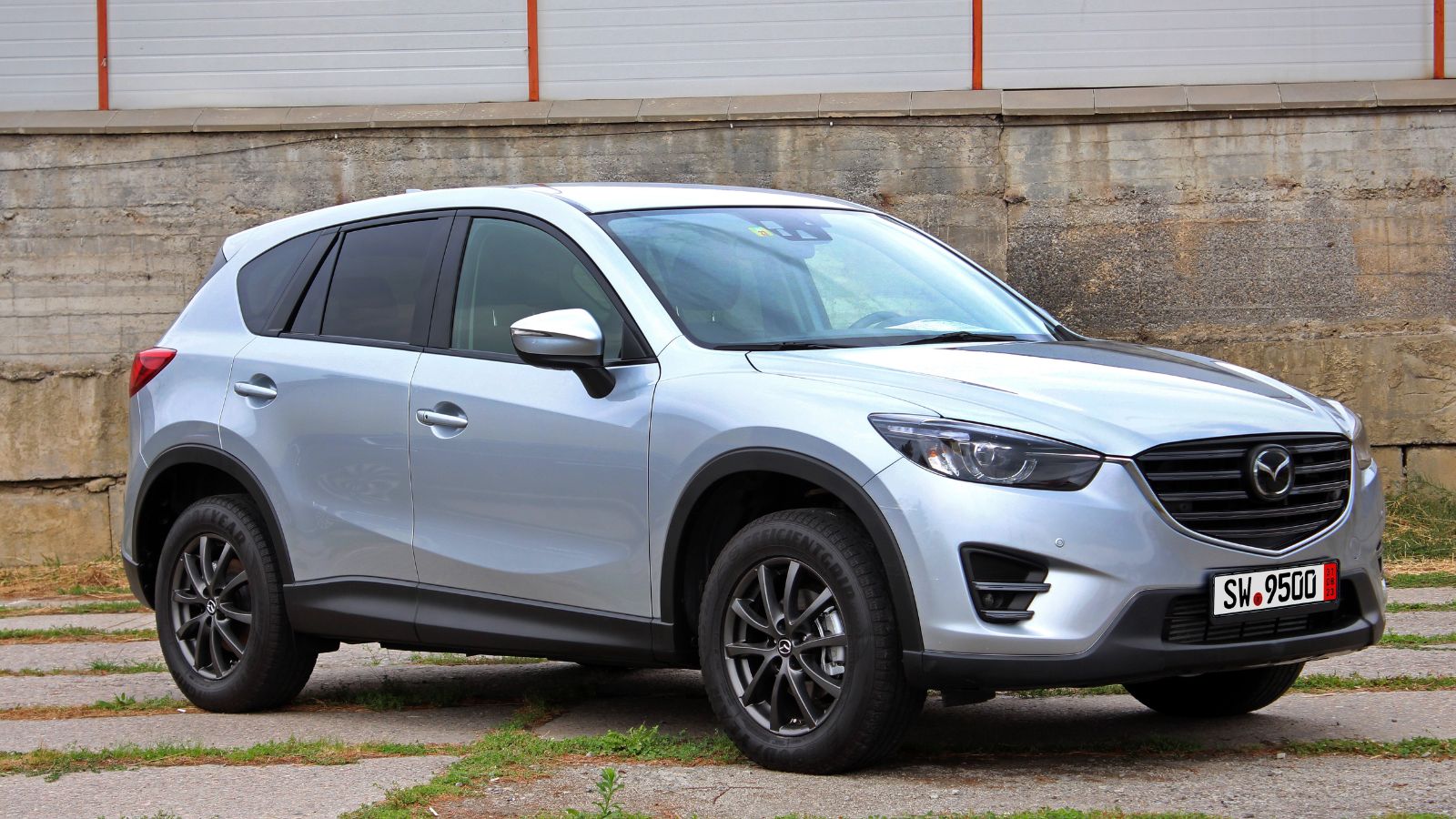
Grey is Canada’s new favorite neutral tone, especially matte or metallic versions. It feels contemporary without being as common as white or as stark as black. Over the last decade, grey has overtaken silver in popularity as Canadian buyers prefer a modern, tech inspired look on their crossovers and sedans.
Silver
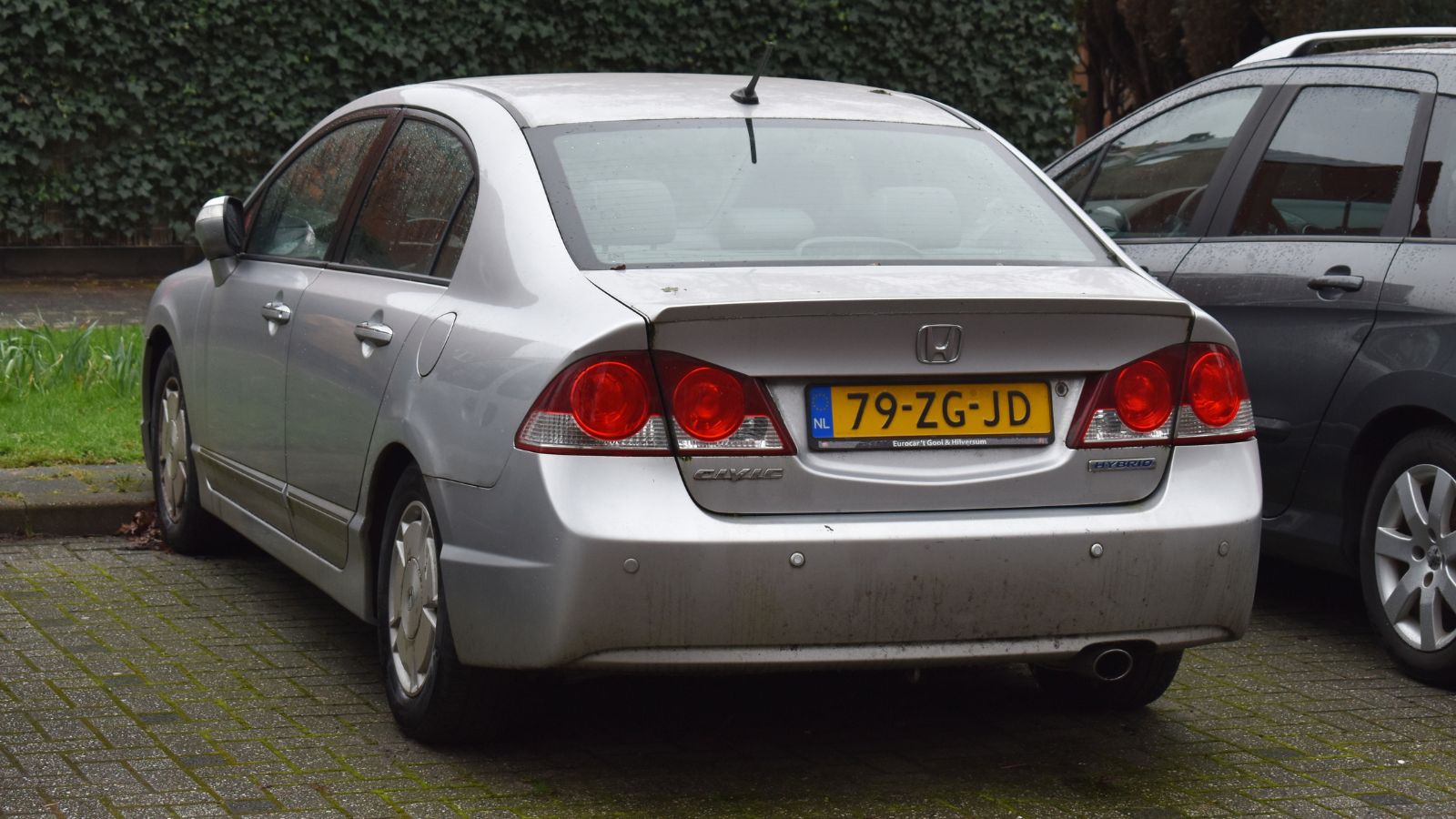
Silver was the star color of the early 2000s. It was everywhere, from compact Toyotas to luxury Mercedes. Canadians loved it because it stayed clean looking for longer and looked sophisticated without being flashy. While its popularity has cooled as grey has risen, silver still holds a solid spot as a go to choice.
Blue
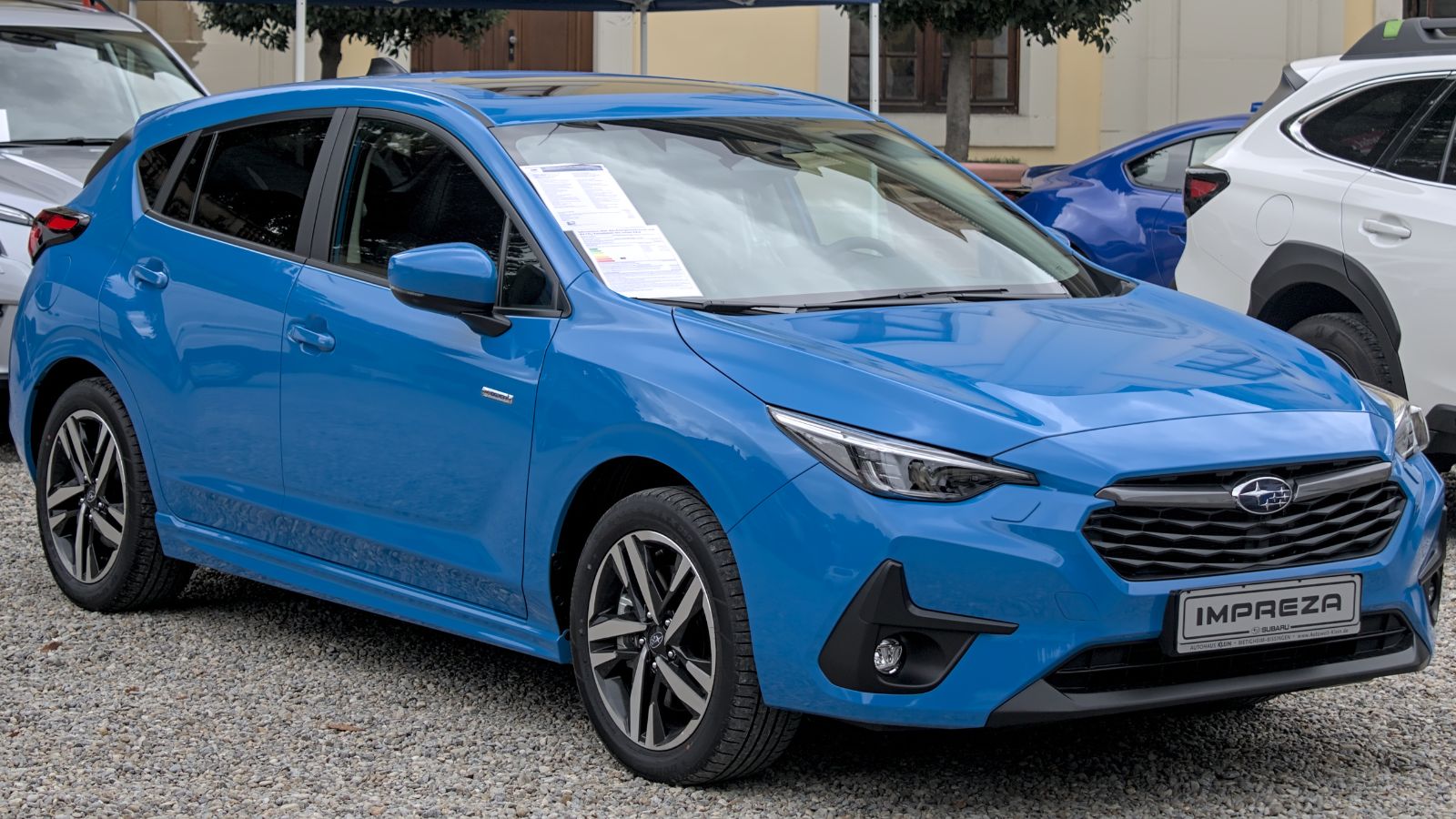
Blue has broad appeal, ranging from conservative navy tones on sedans to vibrant shades on sporty hatchbacks. It’s a safe way for Canadians to add a little personality without hurting resale. Blue has been in steady demand since the 80s, and modern metallic versions have kept it relevant across generations.
Red
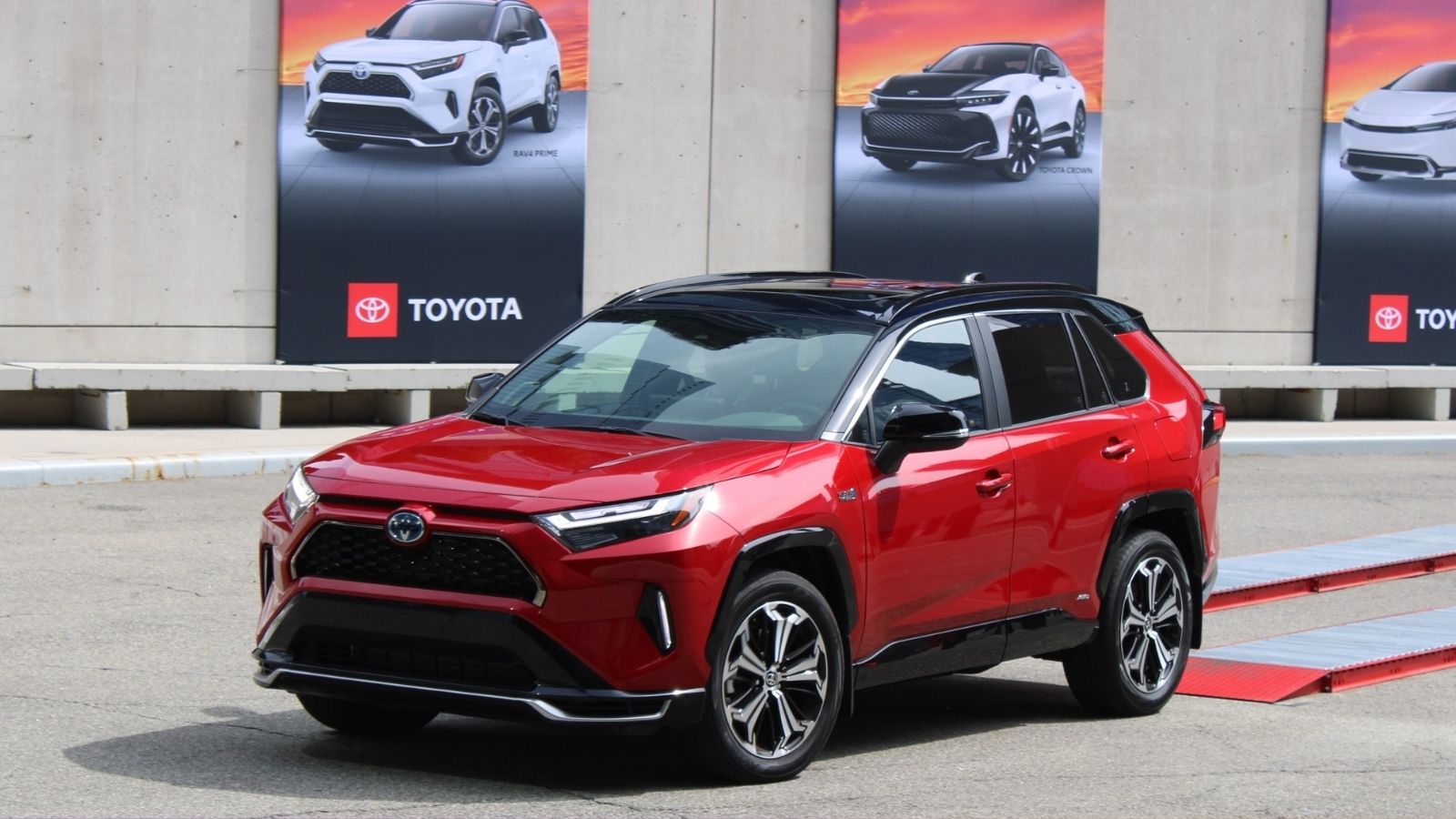
Red has always been associated with sportiness and excitement. In Canada, it’s a common pick for muscle cars, hot hatches, and midsize SUVs. Bright reds make bold statements, while darker maroon reds offer a subtler style. Red has never been at the very top of the charts, but it’s been a steady presence since the 60s.
Green
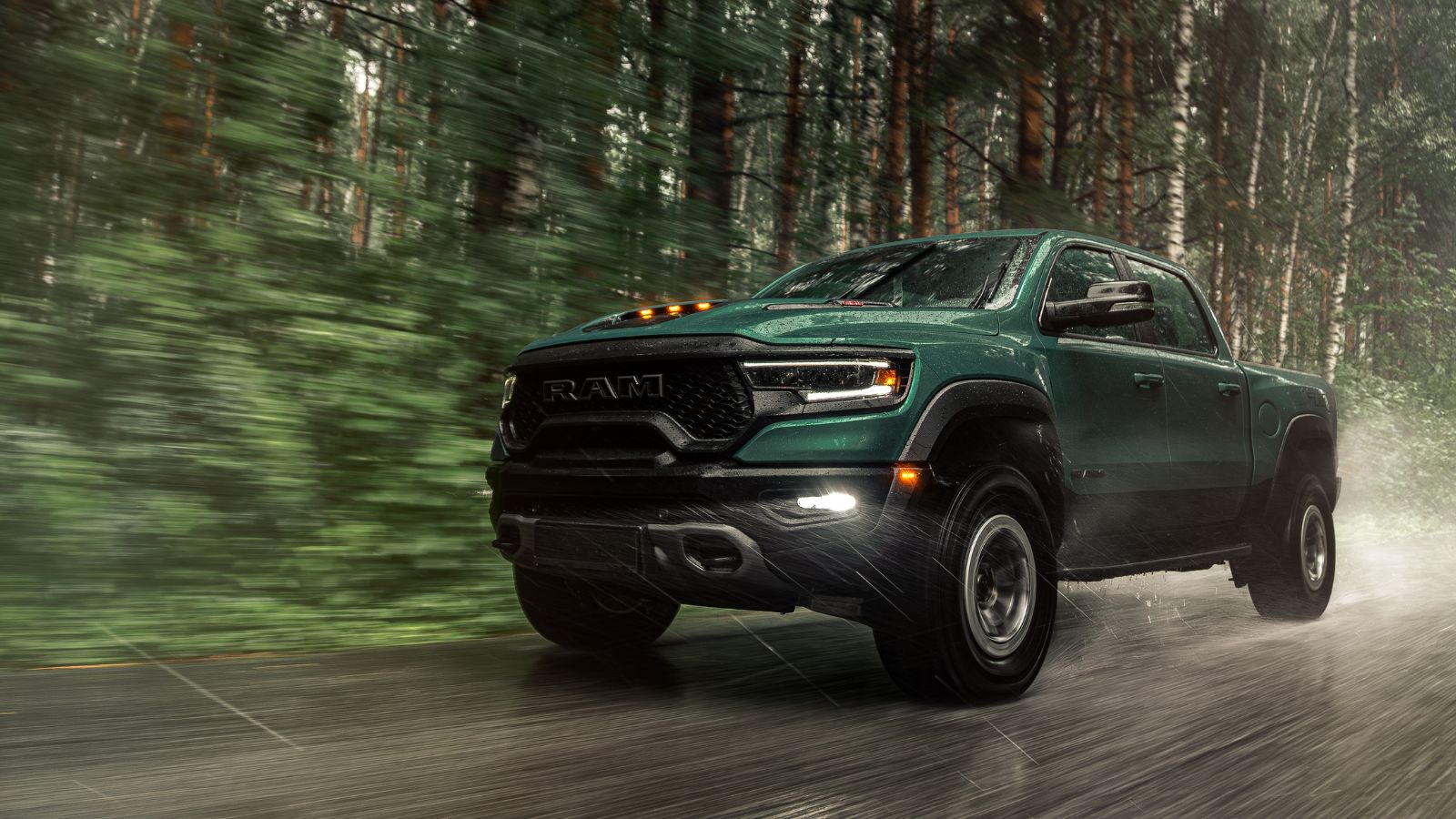
Green is making a comeback after years of being rare. Canadians are embracing deep forest greens on trucks and SUVs, as these colors fit naturally with the outdoor lifestyle and rugged backdrops of the country. In the 70s and 80s, green was more common, but the modern metallic greens feel far more upscale and have reignited interest.
Beige
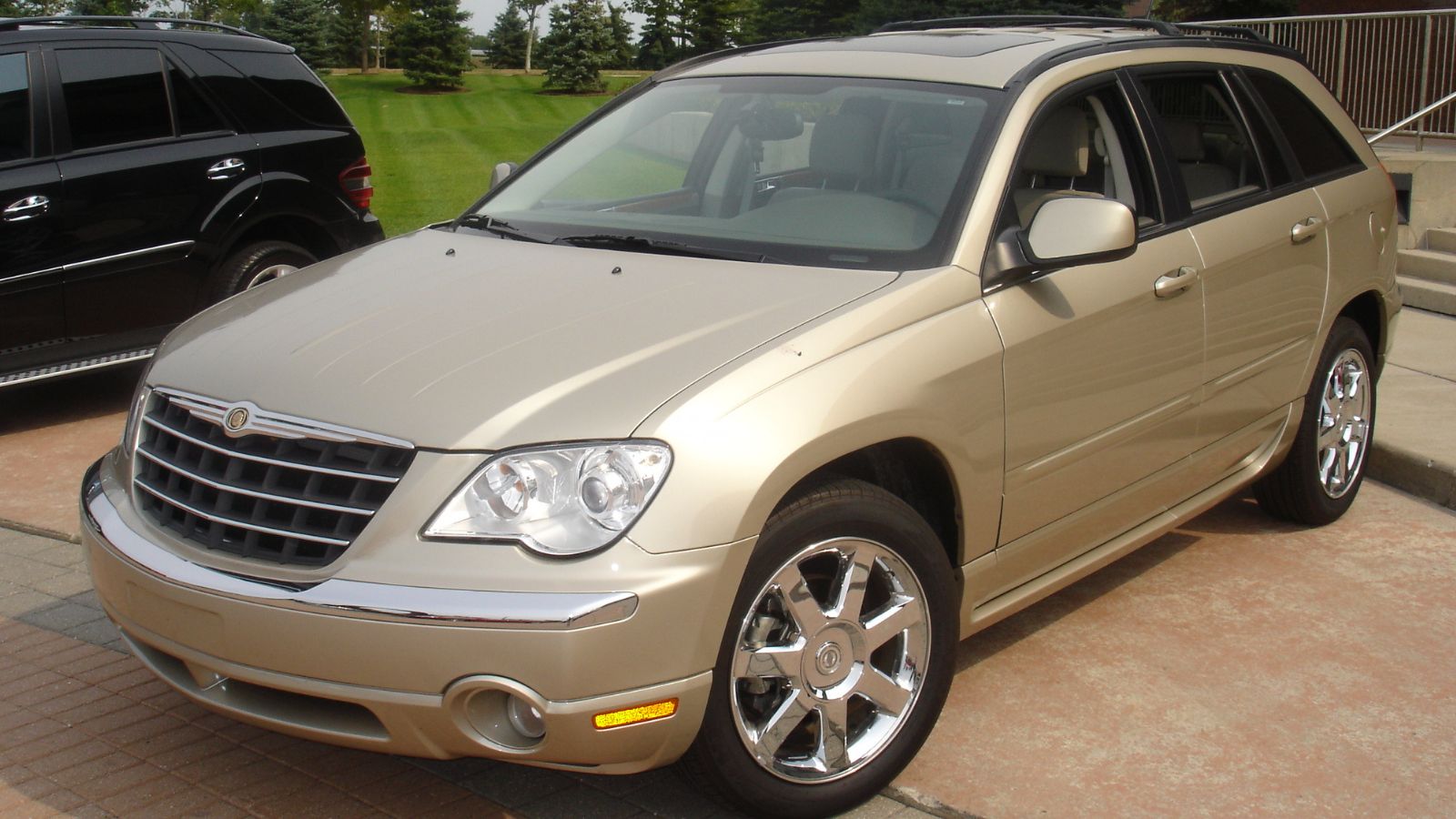
Beige might not excite enthusiasts, but Canadian families often choose it for its practicality. It hides road grime and dust better than darker shades, making it a sensible choice for crossovers and minivans. Beige peaked in the 90s and early 2000s but remains a quiet, dependable option for buyers who don’t want something flashy.
Burgundy
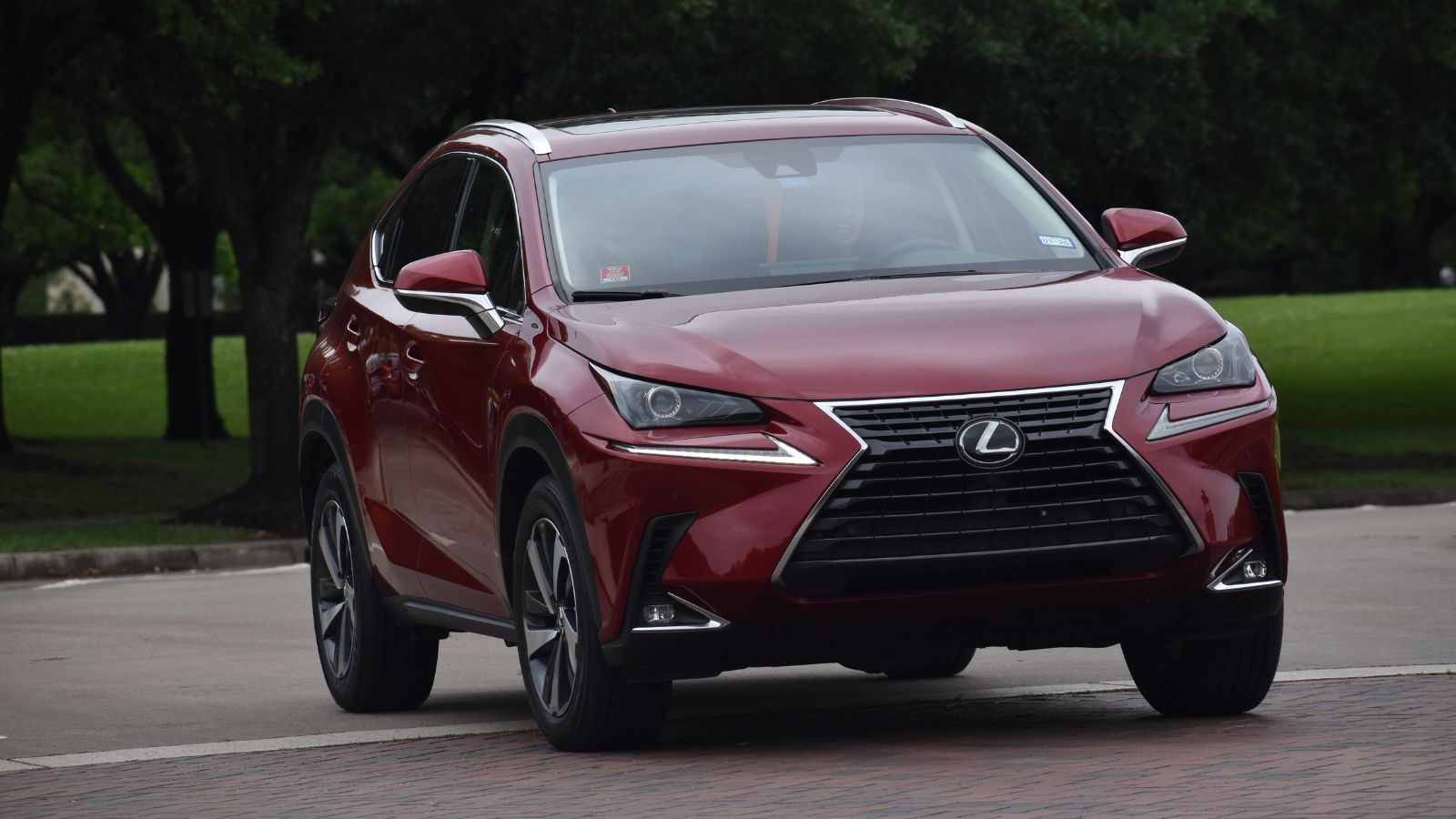
Burgundy is the mature cousin of red. It’s been especially popular with older Canadian buyers and those purchasing luxury SUVs. It adds richness without standing out too much. Burgundy was at its strongest in the 90s, when deep jewel tones were trendy, but it still appears regularly today.
Brown
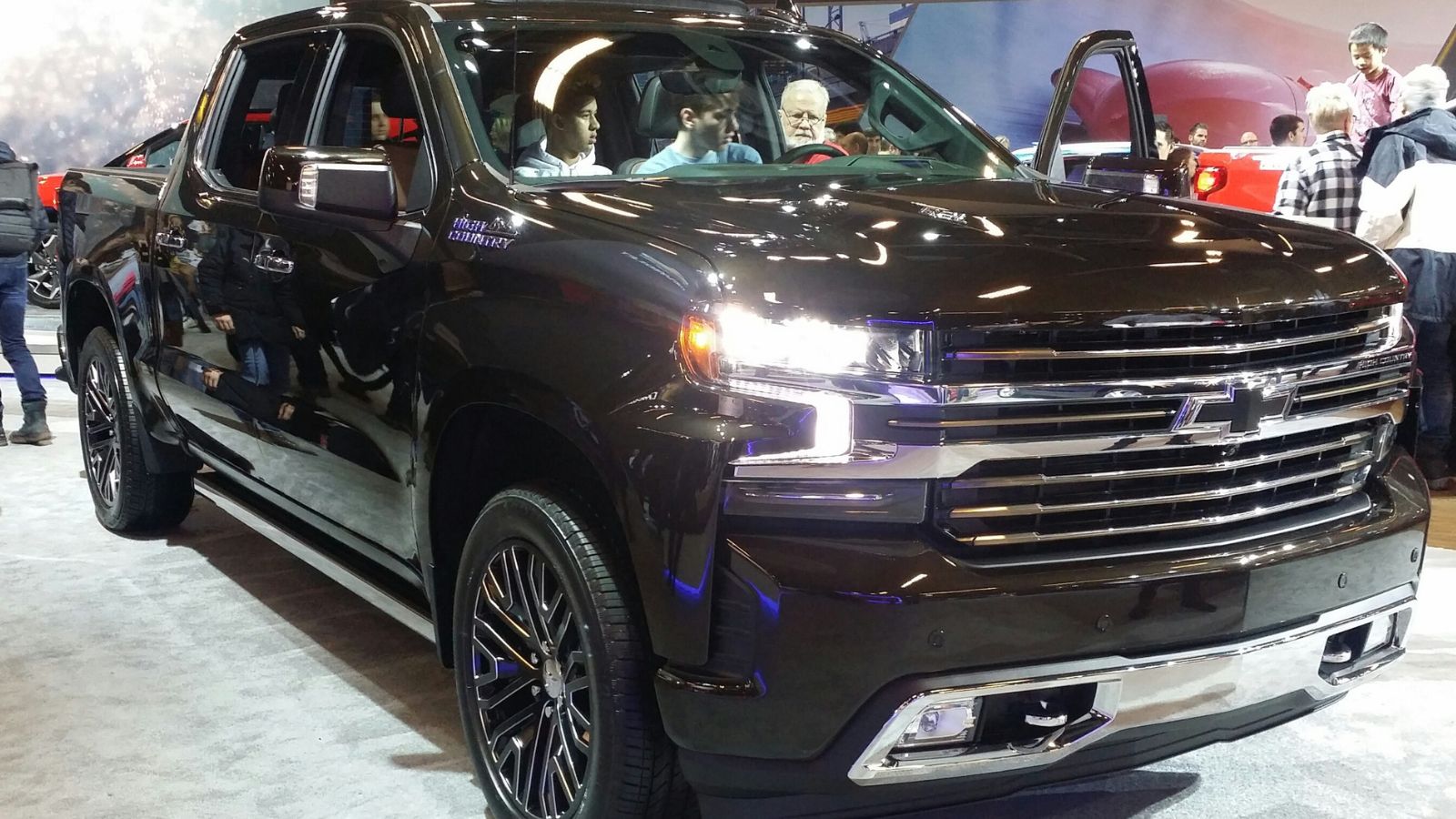
Brown and bronze tones have grown in popularity among Canadians who want something earthy and rugged. They’re particularly popular on trucks and SUVs, where the color matches the outdoorsy Canadian vibe. In the 70s, brown was common, faded through the 90s, and is now finding a niche revival.
Yellow
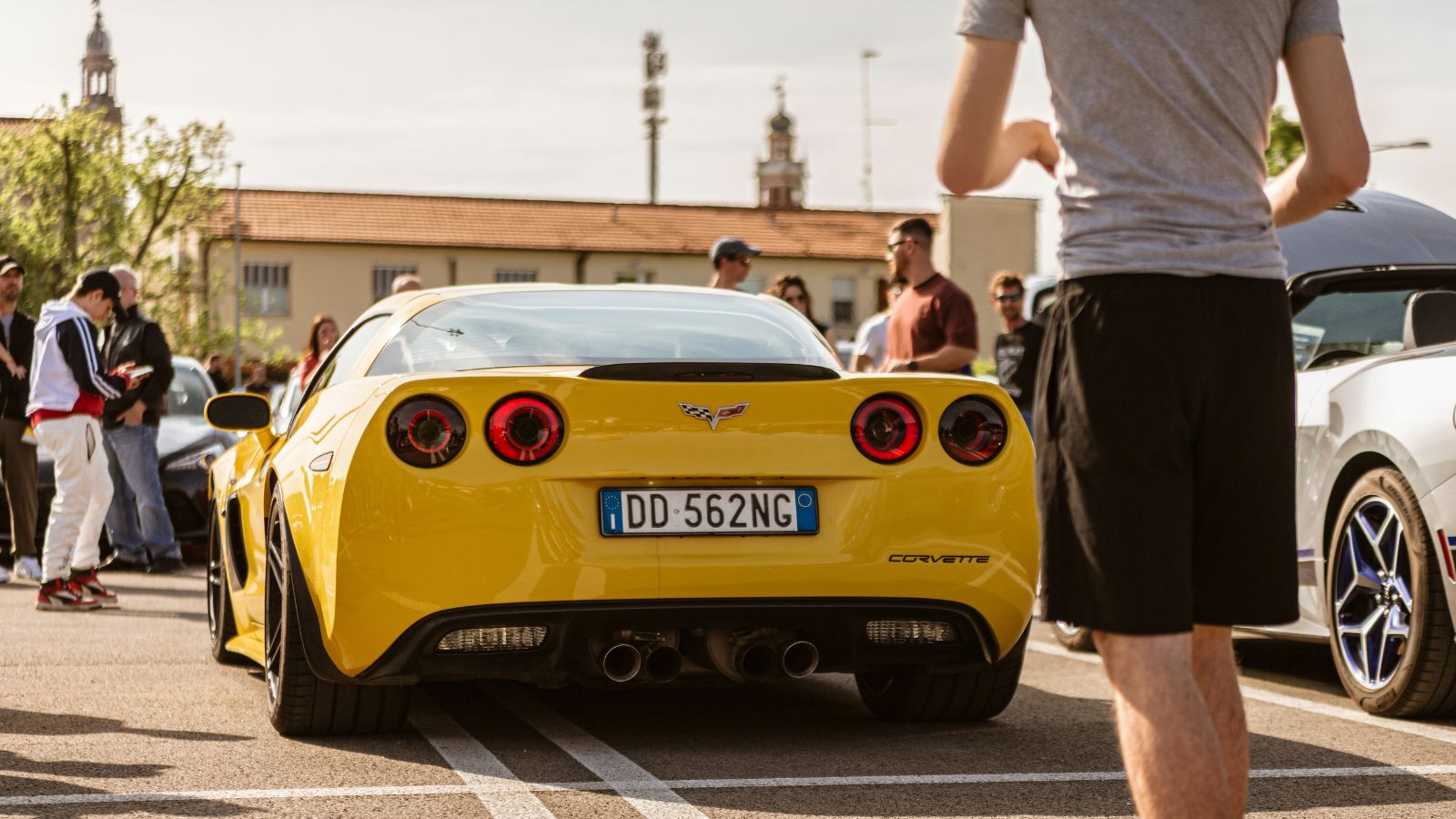
Yellow is niche but attention grabbing. Canadians rarely pick it for daily drivers, but it pops up on sports cars and performance models. It reached its peak during the muscle car craze of the 70s and has remained a cult favorite for those who want to stand out.
Orange
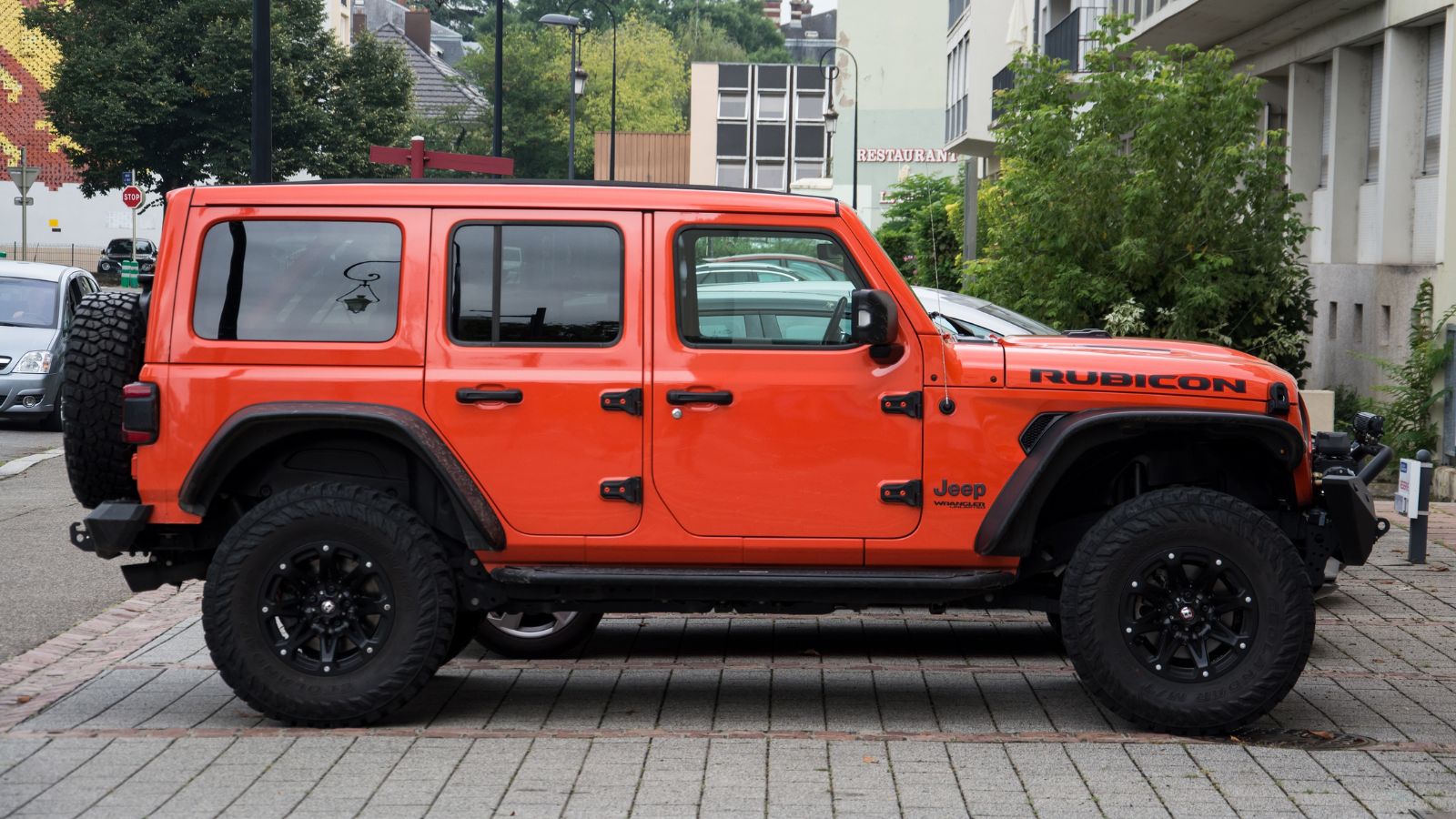
Orange is another bold option that appeals to drivers who want their cars to make a statement. Canadians most often see orange on Jeeps, sporty hatchbacks, and limited edition trucks. Like yellow, it is rare but beloved among enthusiasts who want individuality.
Gold
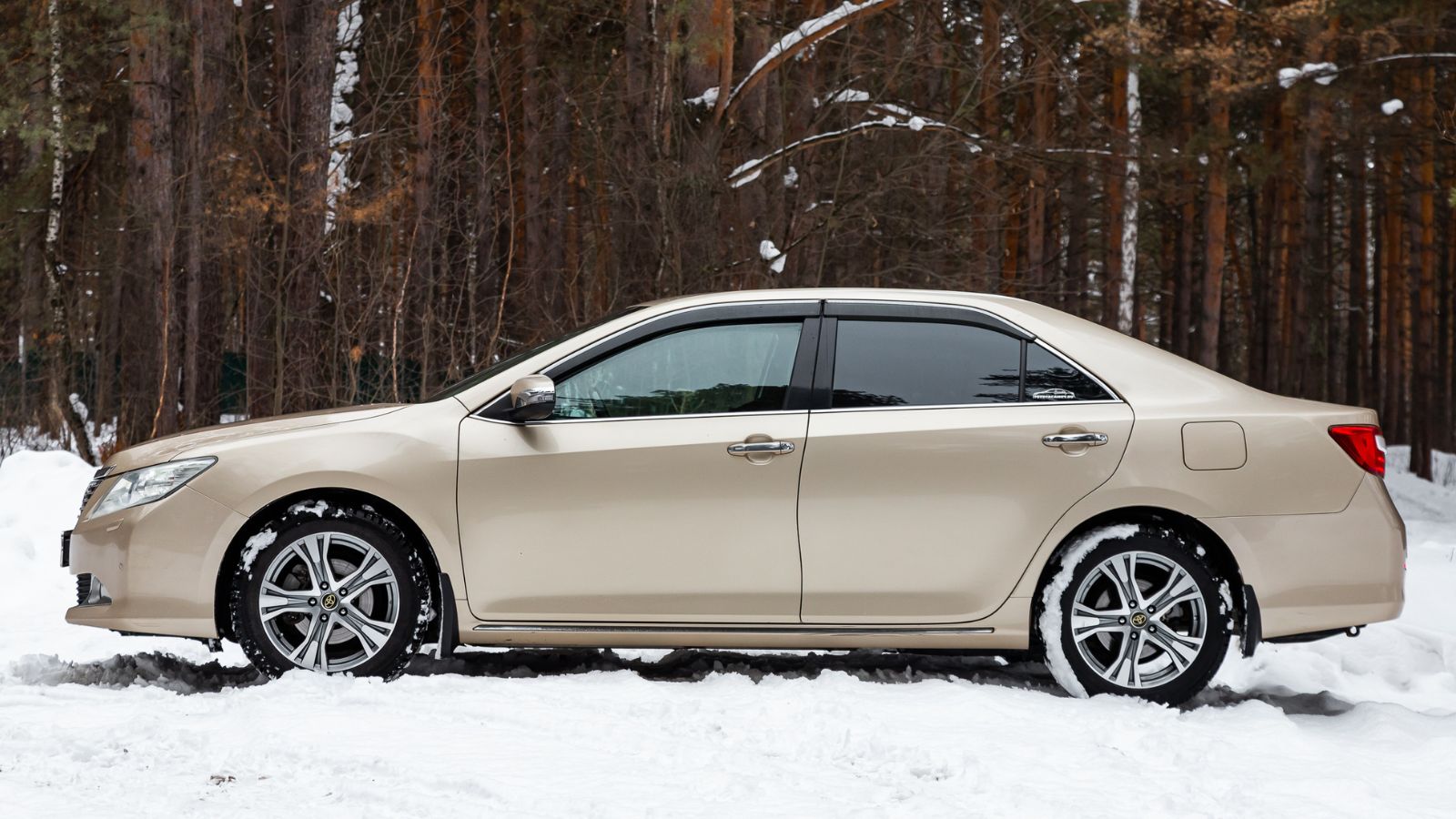
Gold had its big moment in the late 1990s and early 2000s. Canadian buyers snapped up gold sedans and minivans as manufacturers offered the shade in premium trims. Its popularity has since waned, but you still see it in the used market. For some, it carries nostalgia as much as style.
Purple
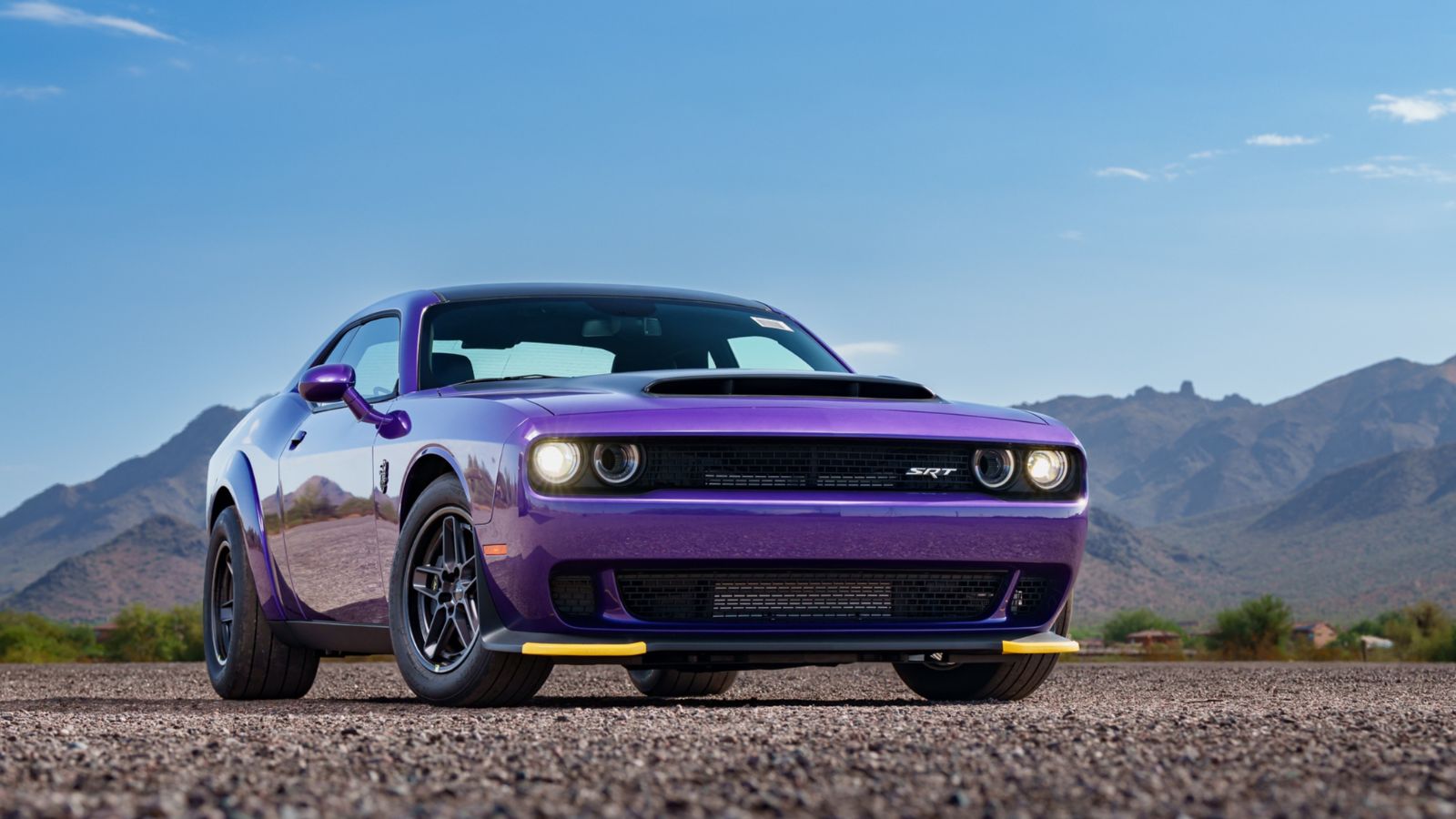
Purple is among the rarest colors on Canadian roads, but it carries cult status. It occasionally appears on limited edition muscle cars and special imports. Canadians who drive purple vehicles are usually enthusiasts making a very deliberate choice.
Teal
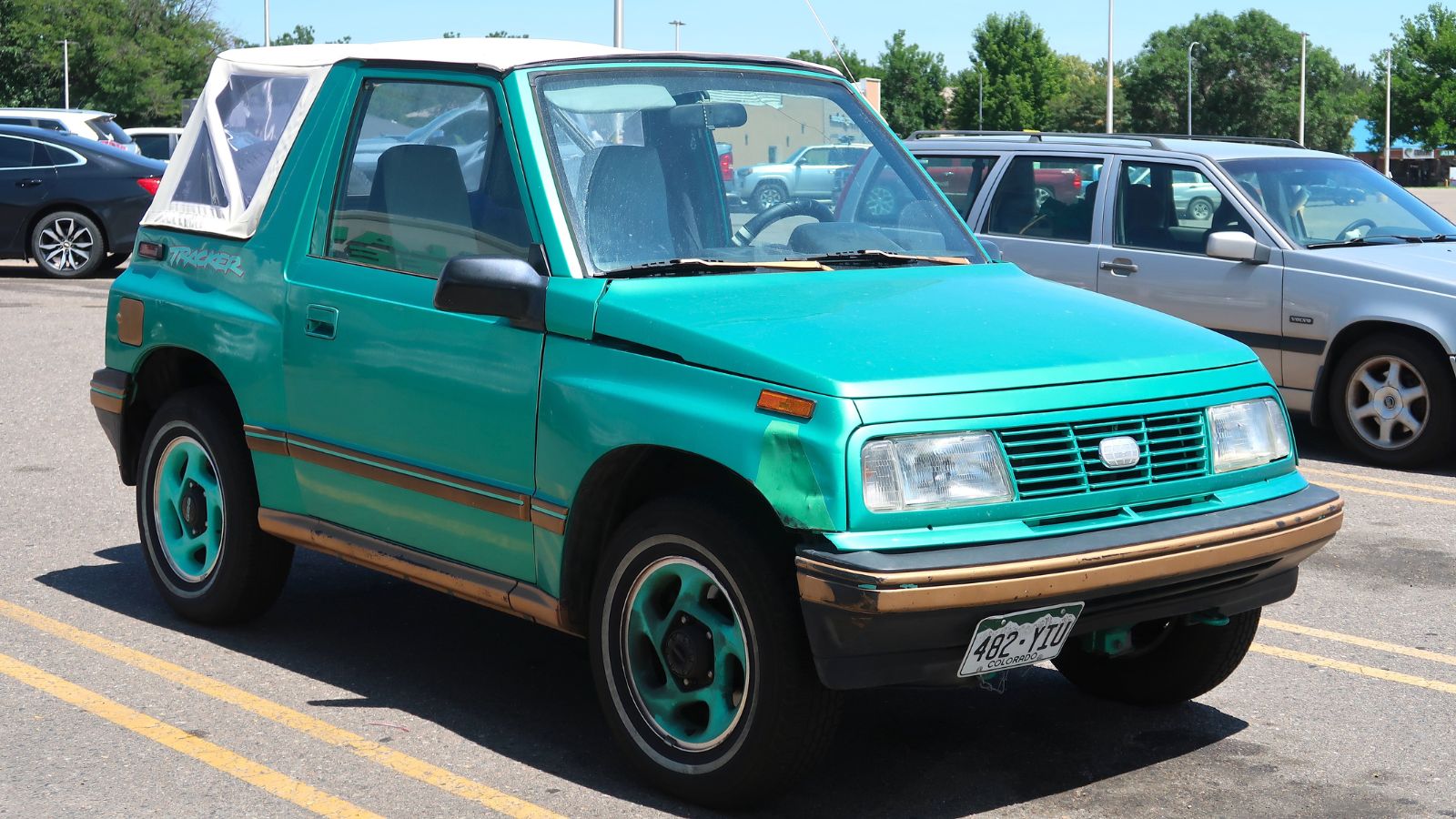
Teal feels retro, and that’s exactly why it’s making a slow comeback. Once common in the 90s, it’s now seen on compact cars bought by younger Canadians looking for something different and quirky. It’s far from mainstream, but it holds unique charm.
Matte Finishes (Grey, Black, Blue)
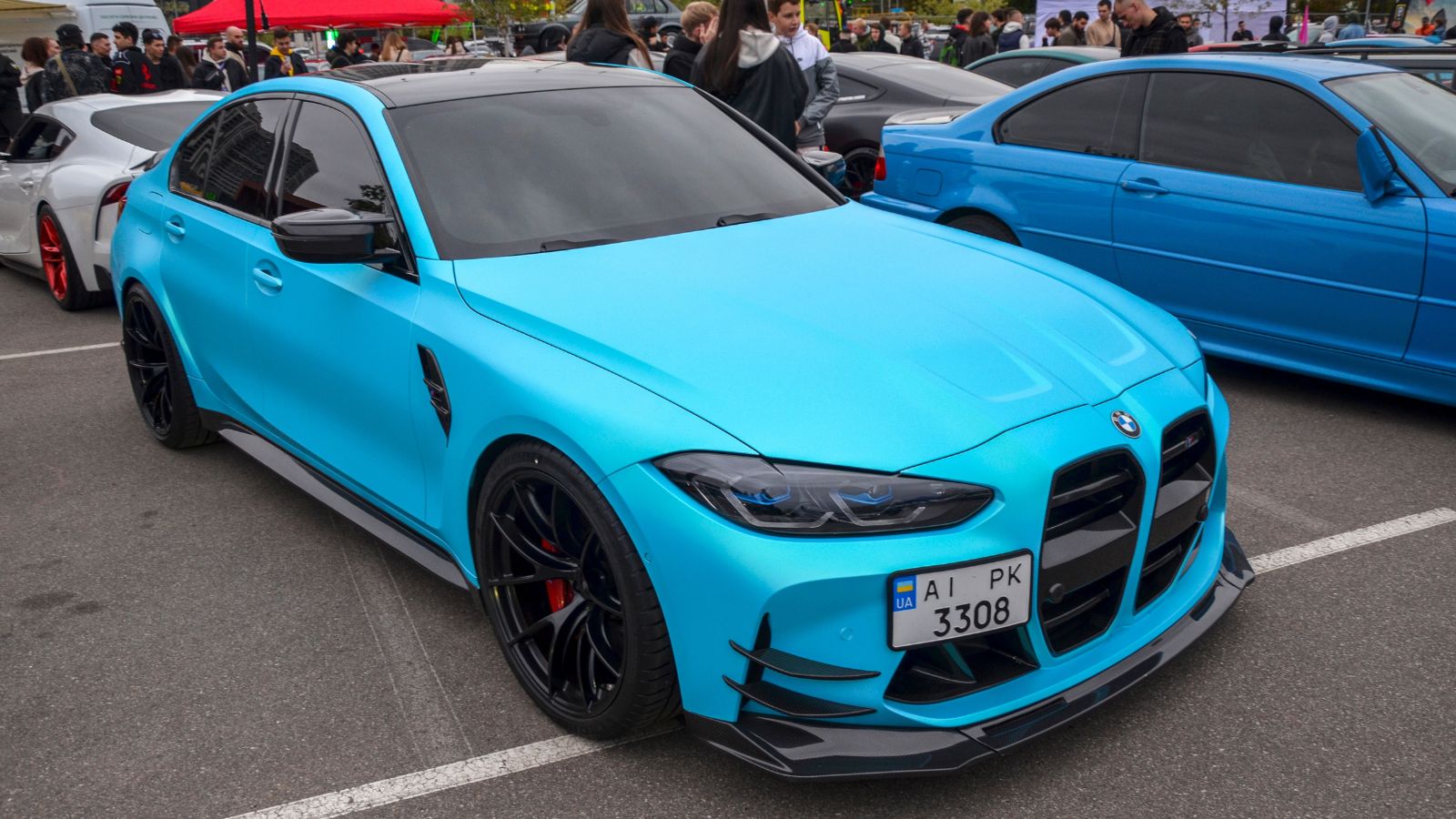
Matte colors aren’t colors in the traditional sense, but they’ve become a trend among Canadian enthusiasts. Matte grey or black cars are seen as edgy and modern, especially in urban centers. While they require extra maintenance, they’re proof Canadians are open to custom style touches.
Two Tone Designs
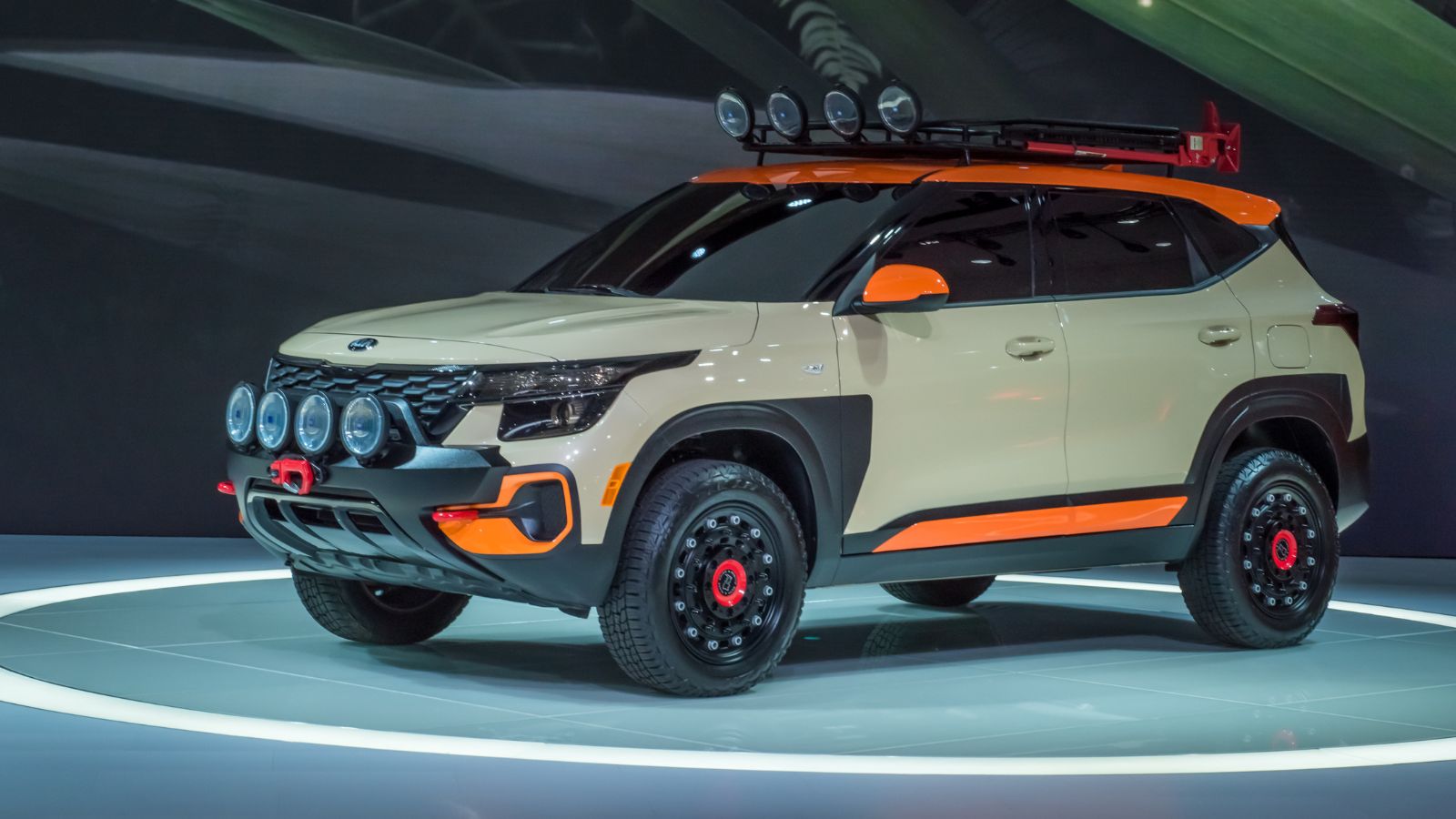
Two tone finishes have become a rising trend in Canada, especially on compact SUVs and hatchbacks. A contrasting white or black roof with a colored body makes the car look playful and premium. These designs harken back to retro styling cues while offering a modern twist.
Bronze
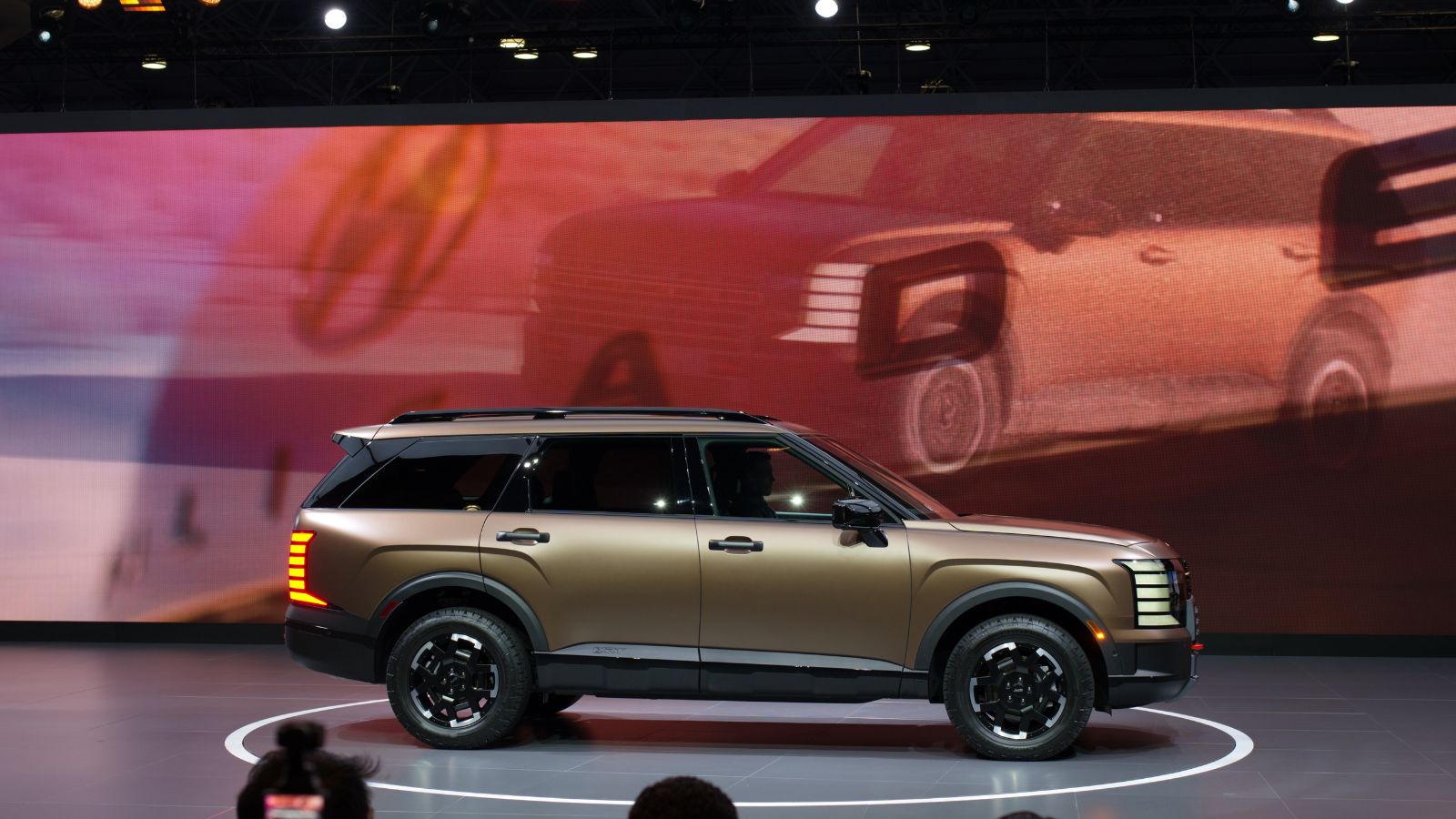
Bronze sits between brown and gold, giving a warmer and more upscale vibe. It has been gaining traction on Canadian SUVs, offering a premium look without being flashy. It’s particularly popular among buyers who want something different but not too bold.
Silver Blue Metallic
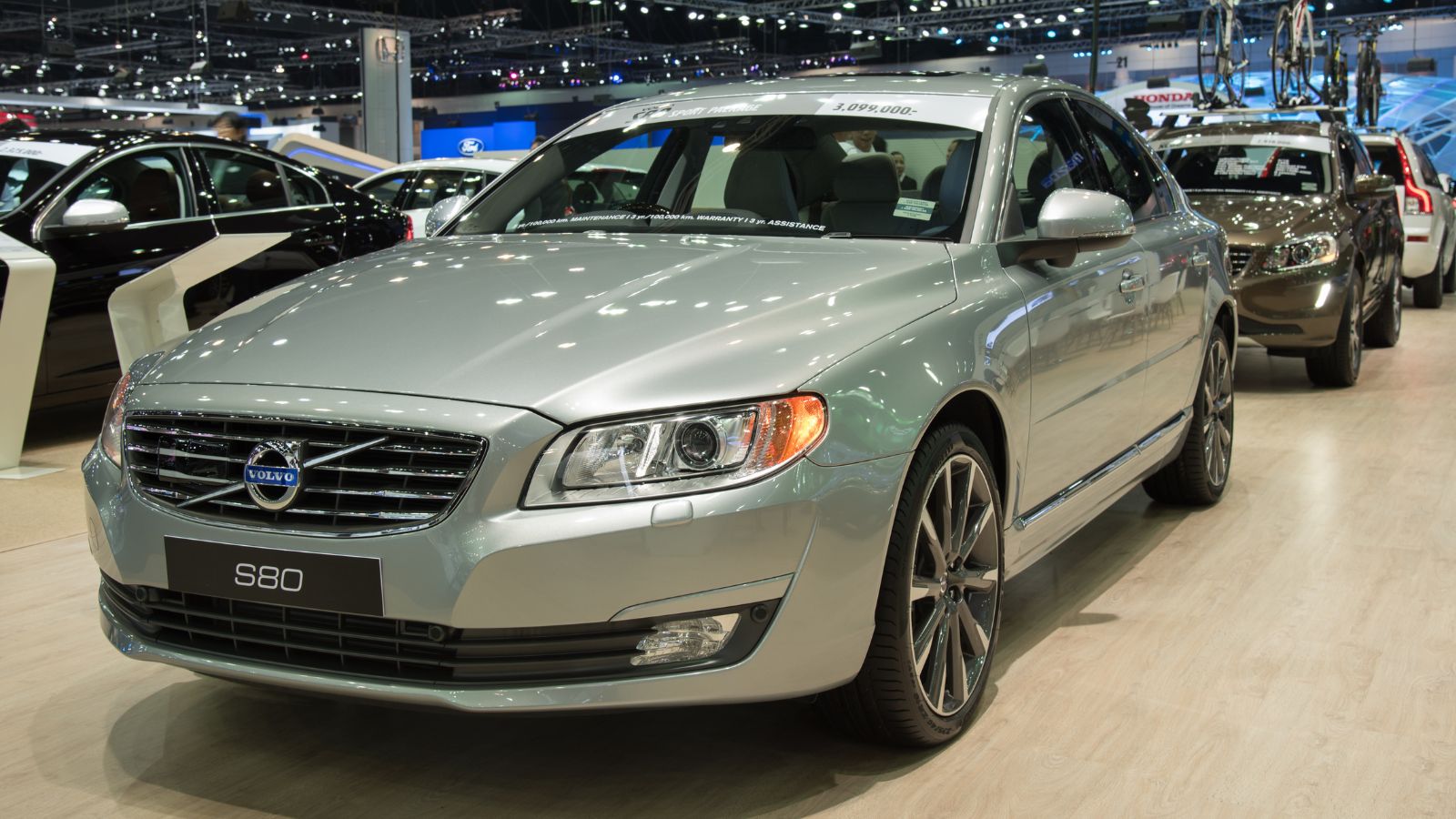
This hybrid shade mixes the class of silver with the personality of blue. It has appeared more often in luxury sedans and crossovers, giving Canadians a unique but still tasteful alternative to standard neutrals.
Flat White (Pearl Variants)
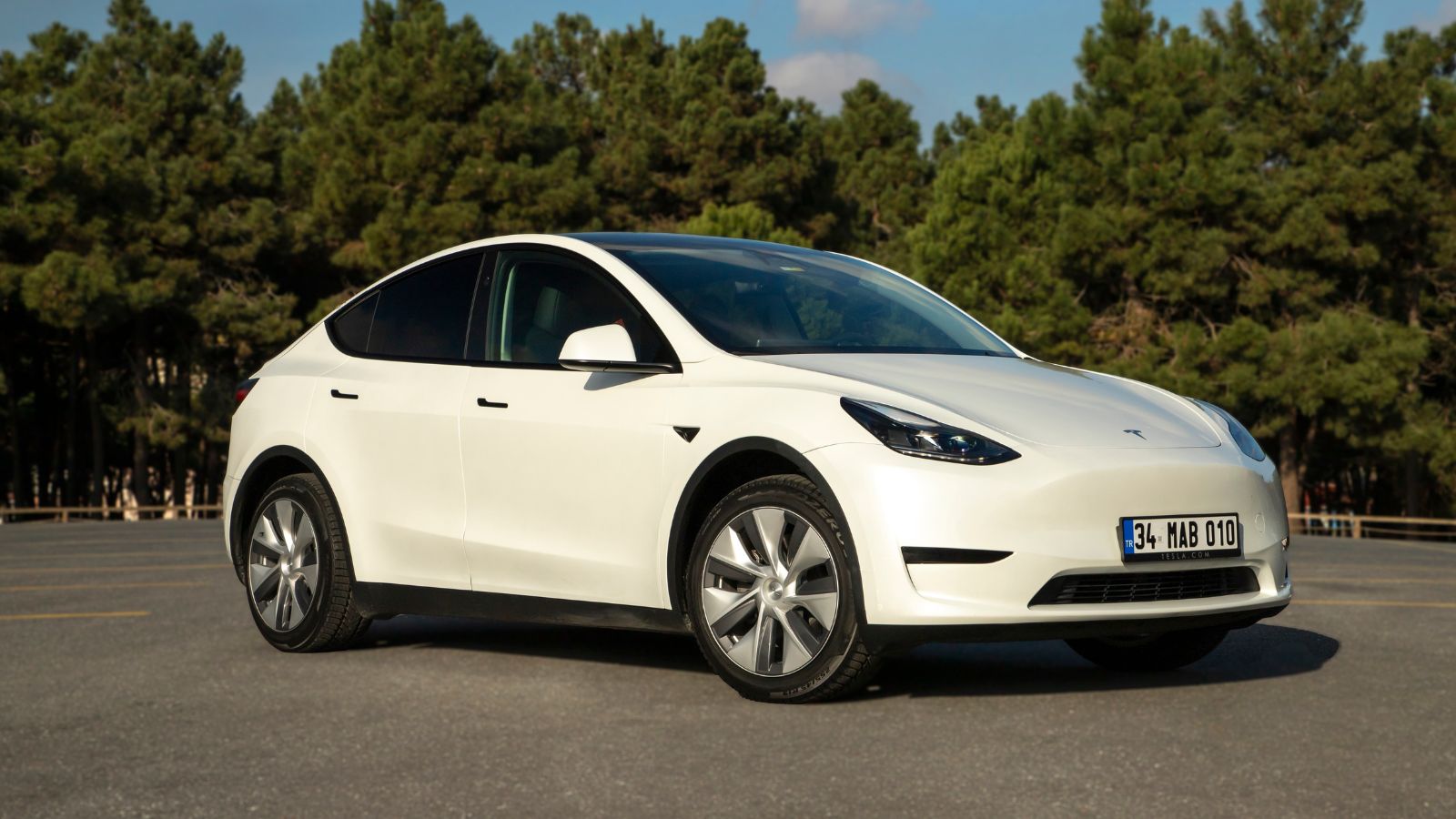
Pearl or flat white is distinct from regular white. It adds shimmer and depth, which is why Canadians often pay extra for it on luxury cars. It has grown steadily in popularity as automakers emphasize premium finishes.
How Color Trends Have Shifted in Canada
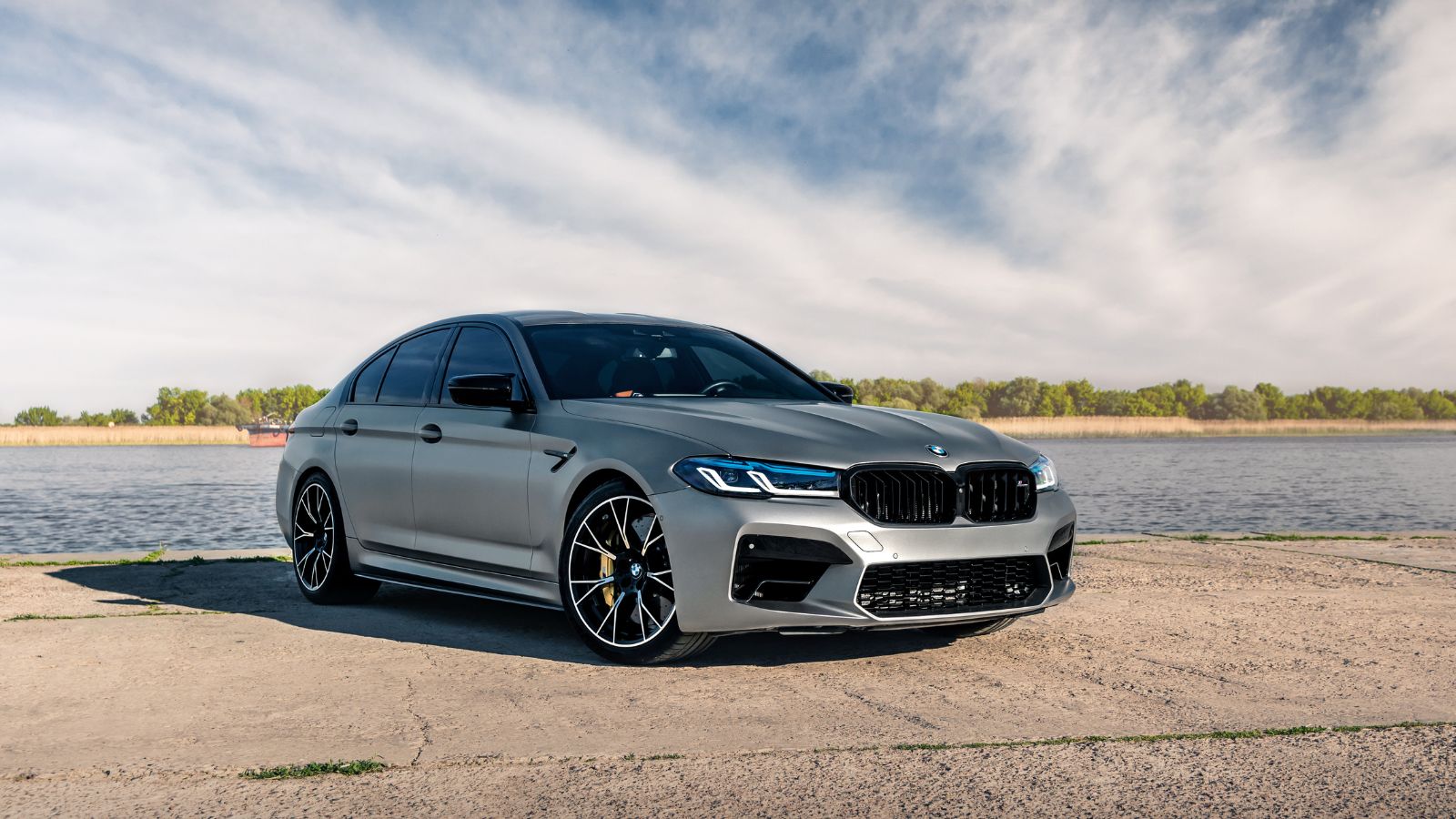
Through the decades, Canadian color tastes have moved with global automotive design. The 70s brought bold greens, browns, and yellows. The 80s leaned into blues and burgundies. The 90s and early 2000s saw beige, gold, and silver dominate family cars. Today, the palette is dominated by practical neutrals like white, black, grey, and silver, which account for the majority of new car sales. Still, Canadians show a growing appetite for unique finishes like deep greens, two tones, and matte shades, proving that while practicality rules, personal expression is never far behind.
25 Facts About Car Loans That Most Drivers Don’t Realize

Car loans are one of the most common ways people fund car purchases. Like any other kind of loan, car loans can have certain features that can be regarded as an advantage or a disadvantage to the borrower. Understanding all essential facts about car loans and how they work to ensure that you get the best deal for your financial situation is essential. Here are 25 shocking facts about car loans that most drivers don’t realize:
25 Facts About Car Loans That Most Drivers Don’t Realize
